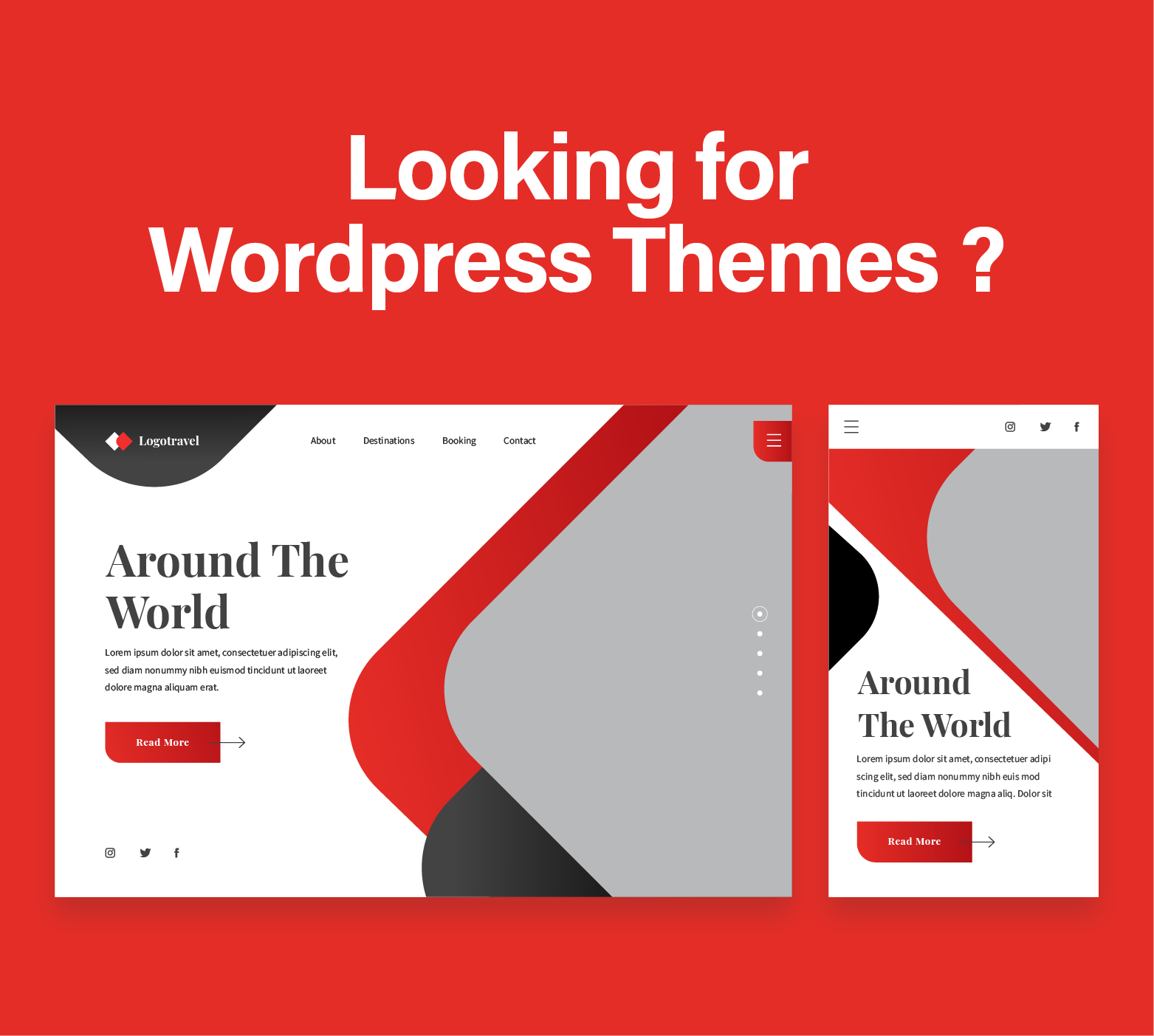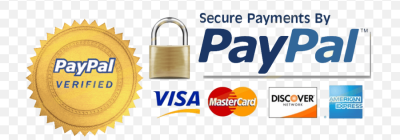When it comes to website and app design, user experience (UX) is a top priority. The way content is displayed and navigated plays a significant role in how visitors interact with your site. Two popular methods for displaying large amounts of content are pagination and infinite scroll. Each approach has its own strengths and weaknesses, and choosing the right one depends on your specific needs, the type of content you’re presenting, and the goals you have for user engagement. So, which is better—pagination or infinite scroll? Let’s dive into the pros and cons of each.
What is Pagination?
Pagination breaks up content into discrete pages, typically with a navigation bar at the bottom that allows users to click through to the next set of items. You’ll often see this method on blogs, news sites, and e-commerce stores where users browse large numbers of products.
Benefits of Pagination
- Control Over Content: Pagination gives users a clear sense of how much content is available and allows them to move through it at their own pace. This control can improve the user experience, especially for those who prefer to methodically browse content.
- Easier Navigation: Users can jump between pages without having to scroll endlessly. If they want to go back to a specific item, they can easily find it based on the page number.
- Better for SEO: Search engines favor paginated content because it is structured and easier to crawl. Each paginated page can have its own URL and metadata, which improves indexing and can potentially enhance search rankings.
- Improved Performance: Since pagination only loads a limited amount of content at a time, it reduces the strain on a browser or mobile device’s resources. Pages load faster, and users don’t have to wait for large quantities of data to download all at once.
Downsides of Pagination
- Interrupts Flow: Breaking content into multiple pages can interrupt the user’s experience. Constantly clicking to the next page can feel tedious, especially for users who prefer a seamless flow of information.
- Difficult on Mobile: For mobile users, pagination can be less intuitive. Small page links can be hard to click, leading to frustration and potential abandonment.
What is Infinite Scroll?
Infinite scroll, on the other hand, loads content dynamically as the user scrolls down the page. Social media platforms like Instagram, Twitter, and Facebook are famous for using this technique, making content feel never-ending.
Benefits of Infinite Scroll
- Seamless Experience: Infinite scroll allows users to browse continuously without interruption. This makes it ideal for content that encourages high engagement, such as social media feeds or image galleries, where users enjoy the act of discovery.
- Higher User Engagement: When users don’t have to actively navigate to the next set of content, they tend to stay on the page longer. This continuous flow keeps people immersed in the content, potentially increasing session times.
- Mobile Friendly: Infinite scroll is great for mobile devices, where scrolling is more intuitive and requires less effort than clicking through pagination links. It creates a fluid experience where users can swipe and scroll as they naturally would on their devices.
- Works Well for User-Generated Content: For platforms that rely on user-generated content, such as social media, infinite scroll ensures that users don’t have to think about what’s next. Content is continually served as long as there’s more to show.
Downsides of Infinite Scroll
- Difficult Navigation: While infinite scroll makes it easy to consume more content, it makes it harder to locate specific pieces of content. If a user wants to revisit something they saw earlier, they have to scroll back manually, which can be a frustrating experience.
- Performance Issues: Infinite scroll requires continuous data loading, which can slow down performance. This can lead to lag, particularly on slower devices or networks, as more data is being loaded without a clear stopping point.
- SEO Challenges: Infinite scroll is harder for search engines to crawl because all of the content is dynamically loaded. Without proper implementation, search engines may miss content that only appears as a user scrolls, potentially harming your site’s SEO.
- Overwhelm for Users: Some users might feel overwhelmed by the endless nature of infinite scroll. Without a clear stopping point, they may feel like they can never reach the end, which could lead to decision fatigue or even abandonment of the site.
Which is Better?
There isn’t a one-size-fits-all answer to the pagination vs. infinite scroll debate. The best choice depends on the type of content you’re presenting and the behavior you want to encourage from your users.
- Choose Pagination if: You have content that users will want to access in a structured way, such as articles, blog posts, or product listings. If SEO is important to you, pagination’s ability to create separate URLs for each page can help boost visibility. Pagination is also ideal if your users need precise control over their browsing experience, especially if they’ll want to revisit specific pieces of content later.
- Choose Infinite Scroll if: Your goal is to keep users engaged with fresh content for as long as possible, and if your content is continuously updated, such as on social media platforms or media galleries. If the main focus is on mobile users, infinite scroll’s seamless interaction model is often more appealing.
Conclusion
Both pagination and infinite scroll have their strengths, and the decision between the two depends on your content, audience, and business goals. While pagination offers better navigation and control, infinite scroll keeps users engaged in a seemingly endless experience. Evaluate your content type, user behavior, and the device on which they access your site to determine the best fit. By choosing the right method, you can significantly enhance the user experience on your website or app.








